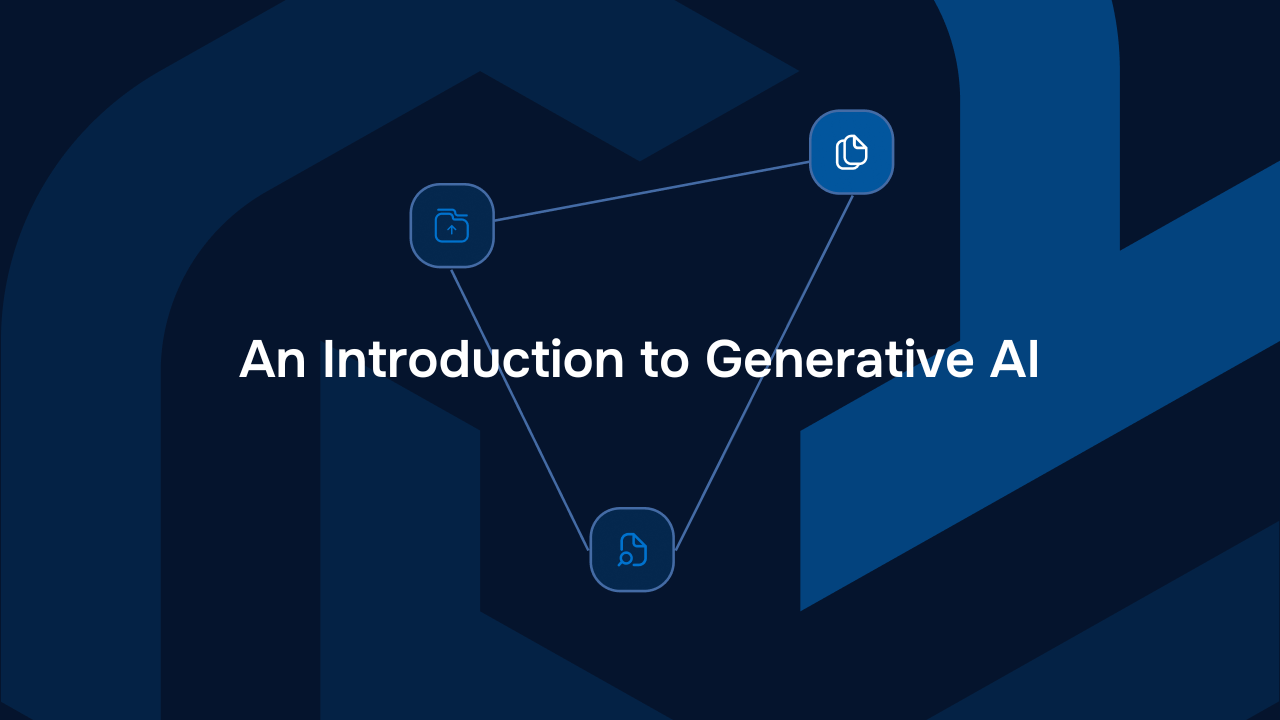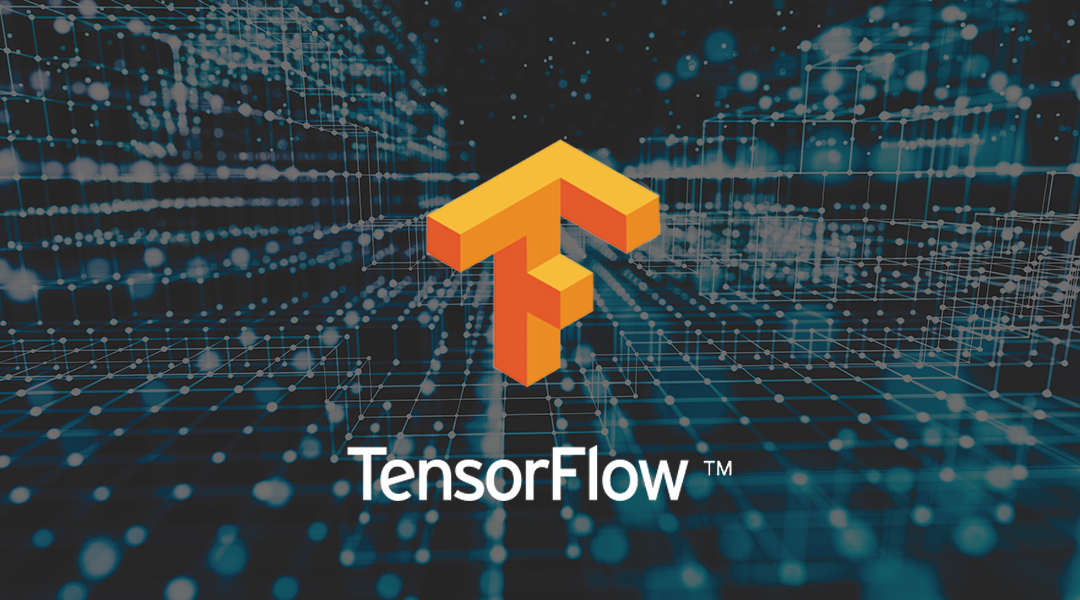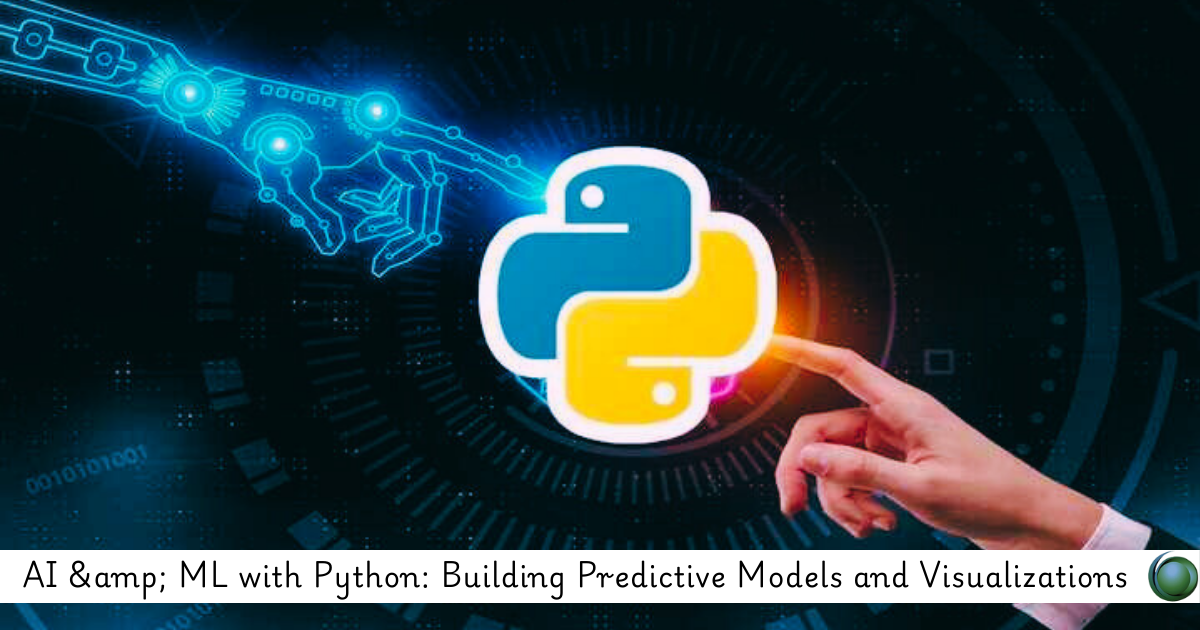Description
Introduction
Welcome to Generative AI: Concepts and Applications! Generative AI represents a ground breaking area of artificial intelligence, where machines can create new content, such as images, text, and music, based on patterns learned from existing data. This course provides an in-depth exploration, focusing on its foundational concepts, key techniques, and real-world applications. Participants will learn about the algorithms that power generative models, such as Generative Adversarial Networks (GANs), Variational Autoencoders (VAEs), and Transformer-based models. The course is designed to equip learners with the skills to understand, build, and apply generative models in various domains, from creative arts to advanced data synthesis.
Prerequisites:
- Basic Knowledge: Familiarity with fundamental AI concepts and machine learning algorithms.
- Programming Skills: Proficiency in Python, with experience in using libraries like TensorFlow or PyTorch.
- Understanding of Neural Networks: A solid understanding of neural network architectures and training processes.
Table of Contents:







Reviews
There are no reviews yet.